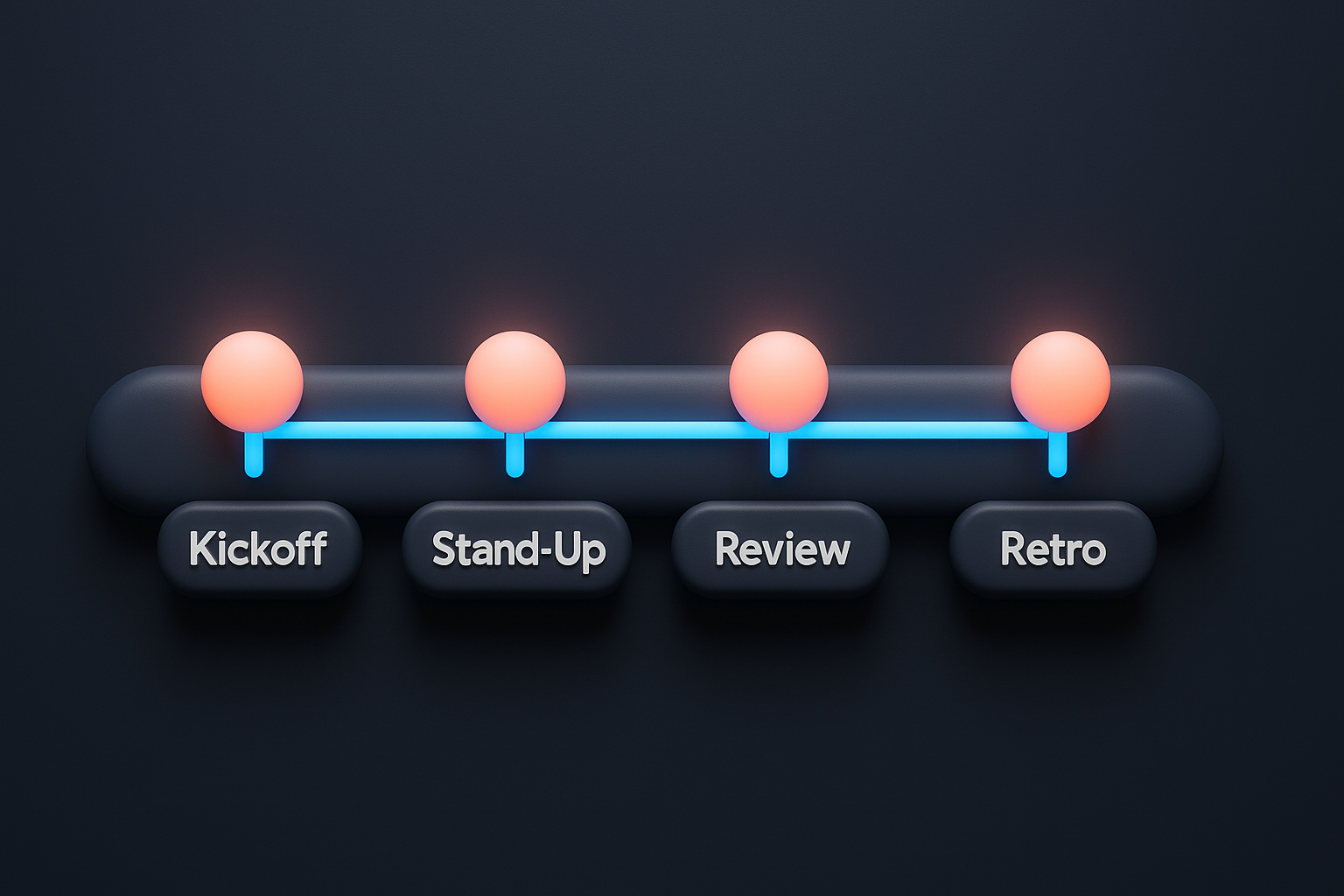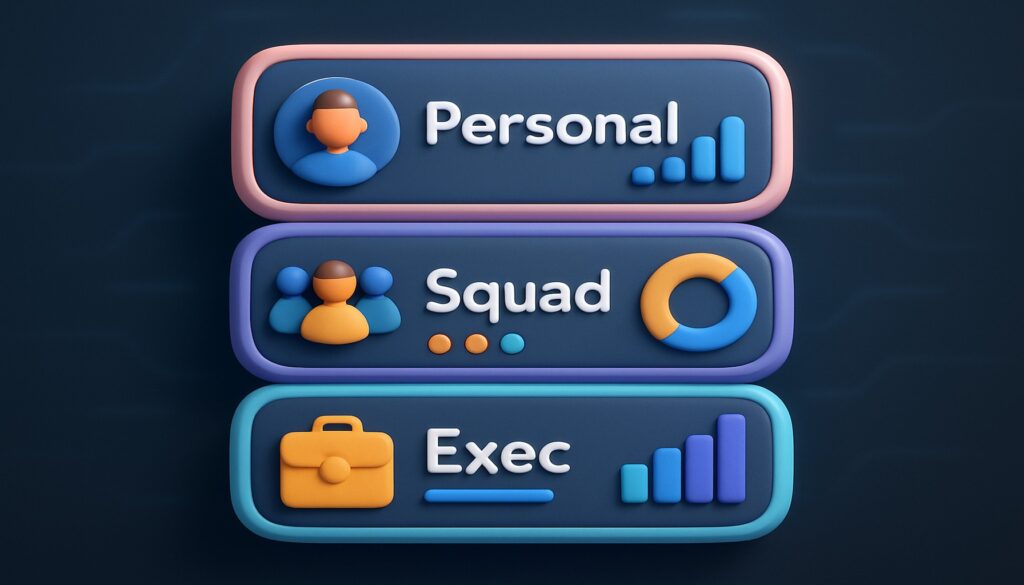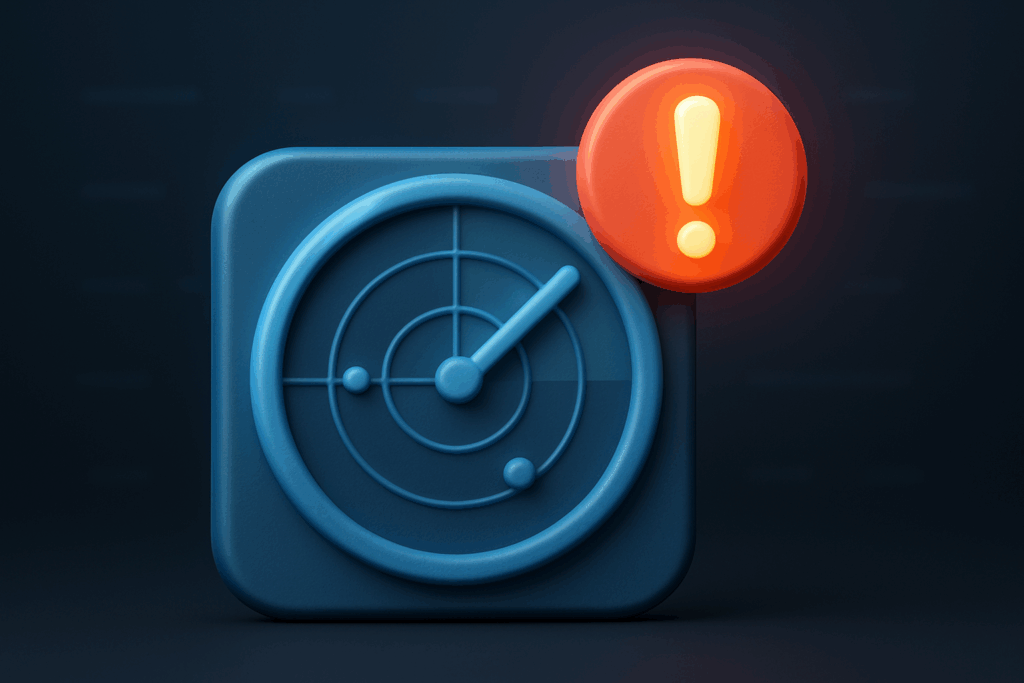You can’t build an A-team with B-level collaborators. When egos clash, deadlines slip, and energy drains.
The fix? Sharpen your interview process so it spotlights genuine team players—people who lean into cooperation, not competition.

Why Collaboration Beats Lone-Genius Mythology
History is littered with brilliant solos who fizzled once the spotlight moved. In contrast, collaborative teams iterate faster, spot blind spots sooner, and turn projects into shared wins.
Research from Deloitte shows that companies with a high-collaboration culture are five times more likely to be high-performing. Translation: when you get collaboration right, profit follows.
The Four Dimensions of a True Team Player
1. Humility
Humility isn’t self-deprecation—it’s the cool confidence that says, “Your idea might beat mine, and that’s great.” Look for candidates who credit teammates, own mistakes, and show comfort with the words “I don’t know—yet.”
2. Curiosity
Collaboration thrives on questions. Curious minds dig into other functions, ask “why” five times, and uncover insights hiding in plain sight. Without curiosity, meetings become one-way broadcasts.
3. Accountability
True partners don’t pass the buck. They volunteer for the tricky tasks, update proactively, and close loops without reminders. Accountability turns brainstorms into shipped work.
4. Empathy
Empathy tunes people into how messages land, which prevents friction and fuels psychological safety. When empathic teammates disagree, they critique the idea, not the person.

Before the Interview: Design a Collaboration Filter
- Define success collaboratively. Rewrite the job description with input from cross-functional peers so the role’s impact on their work is explicit.
- Scorecard the soft stuff. Add measurable behaviors—“seeks input early,” “loops back with results”—to your hiring rubric.
- Centralize feedback. Use a shared workspace (Teamly lets you log notes in real time) so interviewers view each other’s observations and avoid groupthink.

The Interview Blueprint: Questions That Surface Cooperation
Copy-and-paste these scripts straight into your guide. Each question is paired with what to listen for and red-flag signals of ego.
Warm-Up: Setting the Tone
You ask: “What accomplishment are you proudest of that required help from others?”
Listen for: “We” language, acknowledgment of specific teammates.
Red flags: Solo hero narrative, vague credit (“the team”).
Dig-Deep: Past Behaviors Predict Future Moves
You ask: “Tell me about a time you disagreed with a colleague’s idea. How did you handle it?”
Listen for: Calm tone, data-driven debate, solution focus.
Red flags: Gossip, blame, or the phrase “they just didn’t get it.”
You ask: “When a project stalls, what’s your first move?”
Listen for: Outreach, regrouping meetings, transparency.
Red flags: Waiting for instruction, finger-pointing.
Future-Facing: Simulate the Job
You ask: “You’re leading a cross-dept initiative with conflicting priorities. Walk me through your first week.”
Listen for: Stakeholder mapping, quick wins, shared goals.
Red flags: “I’d just lay down the plan” without mention of listening tours.
If time allows, run a brief group exercise—such as co-creating a sprint outline—so you can observe real-time collaboration moves: inviting quieter voices, summarizing, decision-making.

Reading Between the Lines: Ten Ego Alarms
- Overuse of “I.” Minimal mention of teammates or mentors.
- Credit hogging. Claims full responsibility for multi-function wins.
- Defensiveness. Bristles at constructive follow-ups.
- Blame shifting. Projects that failed were “out of my hands.”
- Name-dropping. List of high-status connections but thin on shared achievements.
- Zero curiosity. Doesn’t ask about team rituals or shared tools.
- “Rock-star” speak. Seeks personal brand amplification more than team outcomes.
- Monologue answers. Talks past time limits without checking in.
- Competitive jabs. Demeans prior colleagues to elevate self.
- Ambiguous learning. Struggles to name lessons from failures.
After the Interview: Debrief Without Bias
Speed matters; memory fades fast. Jump onto Teamly within an hour to log your ratings and color-code behaviors (green, yellow, red). Encourage narrative comments—why a score, not just the score itself—to surface pattern clarity. Then host a 15-minute sync where each panelist shares:
- Top collaboration signal spotted
- Biggest unanswered question
- Overall hire / hold / pass recommendation

Zoom-Native & Async-First: Screening for Digital Collaboration
You’re no longer hiring for a desk across the hall—you’re hiring for a Slack-thread away. Digital-first teamwork demands a different playbook: crisp written updates, emoji-level signals of tone, and the ability to turn a fuzzy Loom into an actionable task. Add these questions to surface those muscles:
- “Share a time you led a project entirely through async channels. What kept momentum alive?” Look for tight documentation habits and proactive nudges.
- “How do you decide when to jump from chat to video?” You want someone who balances speed with empathy—async until nuance is at risk.
- “What’s your go-to system for staying visible without over-posting?” High-trust environments thrive on signal, not noise.
Red flags here include rambling about Zoom fatigue without solutions, or bragging about “working best alone.” Collaboration in the cloud is still collaboration.
The Silent Problem-Solve: A Five-Minute Micro-Assessment
Need a quick litmus test that sidesteps polished stories? Try the Silent Problem-Solve. Give two candidates the same sticky business puzzle and two minutes of quiet thinking on a shared virtual whiteboard. No talking allowed—just sketching workflows, questions, and data needs. Then unmute and have them spend three minutes merging their boards into a single draft solution.
Watch for real-time cooperation cues: Do they acknowledge each other’s sketches? Do they negotiate language or simply overwrite? Micro-gestures here mirror macro behavior on the job.
Quick Collaboration Health Audit (Run It Quarterly)
- Pulse survey (2 minutes). Ask everyone, “On a scale of 1-10, how easy is it to get help around here?” Track deltas—not just scores.
- Meeting math. Count cross-functional attendees vs. functional silos. A rising silo ratio signals drift.
- Commit-to-ship ratio. Compare projects promised vs. projects delivered on time. Slippage often hides communication fault lines.
- Credit scans. Review win announcements: How often are multiple names tagged? Lone shout-outs can reveal invisible hoarding.
Bundle the findings into a one-page infographic and share it widely. Visibility turns “culture” from a vibe into a metric.
Level-Up Moves for the First 90 Days
Once the new hire signs, your work isn’t over—you’re just swapping the evaluator hat for the amplifier hat. Try these stretch assignments to accelerate cooperative muscle memory:
- Customer-empathy sprint. Pair the hire with support for a week of ticket triage. Nothing bonds cross-functions faster than shared customer rescue missions.
- Reverse-mentor session. Have the rookie teach a 30-minute workshop on a niche skill they bring (maybe Figma shortcuts or ruthless email triage). Authority shared breeds reciprocity.
- Shadow swap. Week six, let them shadow finance or ops for a full day. Seeing constraints firsthand sparks smarter, more considerate requests later.
Wrap each experiment with a retro: What surprised them? What might they adjust in their default workflow? Reflection cements learning and signals that iteration is the culture’s native language.
Holding the Line When Headcount Scales
The paradox of growth: the faster you hire, the easier collaboration can stall. Guardrails that keep culture tight at 20 employees start to creak at 200. Two prophylactic moves:
- Codify the narrative. Document the origin story of your collaboration values—why they matter, not just what they are. Newcomers adopt principles faster when they remember the battles that forged them.
- Budget for facilitation. Multiply headcount by 0.02 and set that as your annual spend on professional facilitators, retros, and offsite alignment sessions. It’s cheaper than project misfires.
By weaving collaboration cues into every stage—job ad to first quarter—you create a virtuous cycle.
Team players see the culture, feel valued, and amplify the behavior forward.
The result is that sweet hum of progress where projects ship, credit circles the room, and clients wonder how your crew moves so fast.






















































